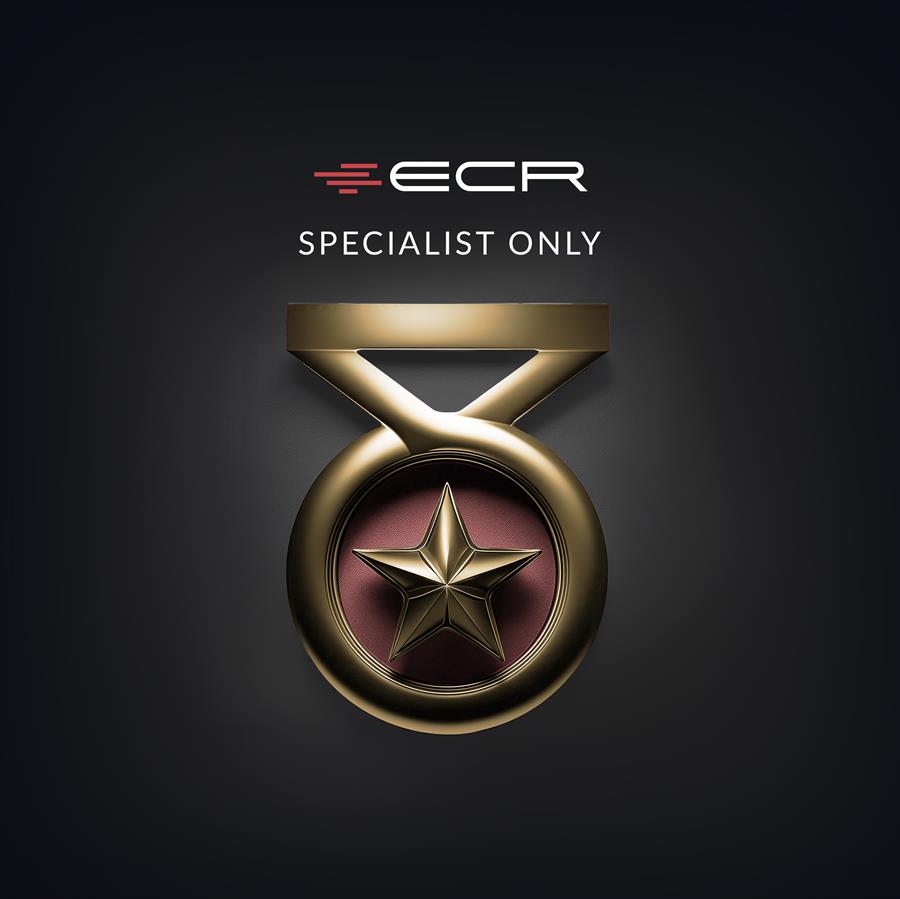Kerb Weight
1075 kg (Touring) / 960 kg (Sport)


Kerb Weight
1075 kg (Touring) / 960 kg (Sport)

Engine
2687 cc Porsche flat-six

Top Speed
152 mph (245 km/h)

Acceleration
5.6 seconds

Horsepower
207 bhp (154 kW)

Transmission
Five-speed manual

Torque
188 Ib/ft (254 Nm)

Production
1580

Year
1973-1973
Rule changes at the end of the 1972 season made the famous Porsche 917 obsolete for the World Sportscar Championship. Entering the prototype scene (largely dominated by Formula 1 giants like Matra and Ferrari) was not an option, so Porsche had to look elsewhere. Fortunately, a new European GT Championship had been created, for which the 911 was eligible. The 1973 season’s main contender looked to be from arch-rival Ferrari, in the form of the 365 GTB/4 Competizione, and, despite it having twice the displacement, Porsche set their sights on it. Work began on a true contender.
The base for this new variant was the 911 S, which had already shown its worth at rallying throughout the ‘60s, but needed to shed pounds and gain more power to be competitive. The flat-six engine was bored out to 2.7 litres, gaining 20 bhp in the process (for a total output of 210 bhp), and strengthened through the use of forged pistons and Nikasil-coated aluminium cylinder liners. Handling was improved with edited suspension settings, wider forged aluminium wheels and larger brakes, and high-speed stability was aided with a (now iconic) one-piece fibreglass ducktail rear spoiler - although, at buyer request, a normal engine cover could be specified. Through the extensive use of thin-gauge steel and fibreglass for the body panels, lightweight Recaro seats and interior stripping, and forged aluminium suspension components, the weight dropped by a whopping 100 kg over the base car.
For homologation into the Group 4 GT class, at least 500 examples of the desired model had to be produced. Production of the Carrera RS 2.7 (standing for ‘Renn Sport’) began in 1973, and it was available in three guises: the standard Sport; Rennen (racing); and Touring, having more luxuries and creature comforts, but more weight. That year, around 1580 RSs were produced, which with the additional sales allowed Porsche to enter the car into the Group 3 Grand Touring class.
The Touring package was available for around 10 percent of the price and added the fully trimmed and upholstered interior of the 911 S, and steel rear bumpers and guards, but could only come from dealers as Porsche had to supply the 500 required cars in their stripped form.
Empty List


LIKES
SPOTTED
DREAM GARAGE
Empty List
No images available.


By clicking “Accept All Cookies”, you consent to the storage of cookies on your device to improve website navigation, analyze website usage and assist in our marketing efforts.